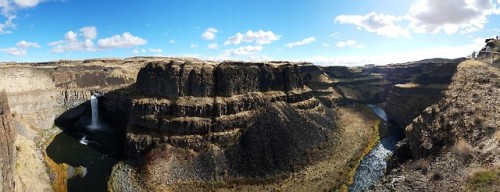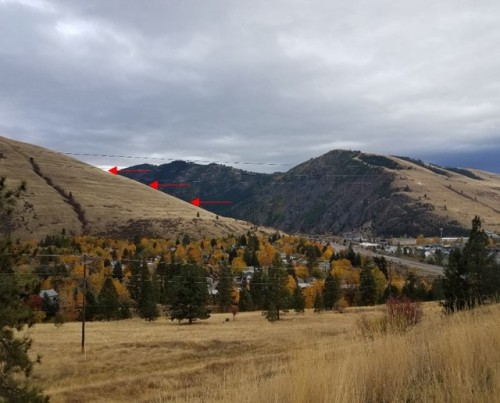Carving the Pacific NorthwestIf you’ve been to the Pacific Northwest, you know the landscape i
Carving the Pacific NorthwestIf you’ve been to the Pacific Northwest, you know the landscape is dotted with volcanoes, waterfalls, canyon systems, floodplains, and other unique geological features.Over the course of 15 years in the early 1900s, a geologist by the name of J Harlen Bretz studied the geological landscape in Eastern Washington and noticed massive erosion that cut through volcanicbasalt flows. He coined this desert-like region “the Channeled Scablands” because of the water-based erosion. Seeing no other way the rock could be carved in such a way, he published his 1925 paper and explained his fantastical theory of cataclysmic flooding events to create the Spokane Floods. He faced a lot of backlash and was initially discredited.Joseph T. Pardee also had a part to play in Bretz’s story. At the time Bretz released his Spokane Floods paper, Pardee had done research about an ancient glacial lake in Montana, which would potentially produce the flooding events that Bretz had theorized. However, Pardee worked for the U.S. Geological Survey at the time and didn’t have same liberties that Bretz had.It was Joseph T. Pardee that discovered the evidence left behind from this glacial lake: wave cut shorelines in Missoula, MT, the Channeled Scablands, Dry Falls, the giant current ripples in the Columbia Basin, and more, eventually led to the two geologists being credited with the discovery of Glacial Lake Missoula, in the 1960s- 50 years after J Harlen Bretz first started working in the area.The quaint town of Missoula, Montana is home to one very odd geological formation best seen in winter time with the snow. Carved in the mountainside are linear, almost stair-step-like, layers (Fig. 2). These are wave-cut shorelines from the ancient Glacial Lake Missoula, which existed during the last ice age between 15,000 and 13,000 years ago. Geologists believe that the glacial lake filled up, broke through the ice dam triggering a massive flooding event occurred approximately 40 times over the course of those 2,000 years.-EFImage credits: the author -- source link
Tumblr Blog : the-earth-story.com
#geolgoy#missoula#lake missoula#history#geology#erosion#channel#lensblr#photography#science

